Ford XR Falcon - Buyer Guide































|

|

|

|

|

|

|

|

|

|

|

|

|

|

|
It was the sixties and the big news at Ford was the Falcon was to get a V8. Here's our buyer guide
Ford XR Falcon
Think back, if you’re old enough that is! It’s 1966 and the country is switching across from pounds, shillings and pence to decimal currency. Over at Ford, the times are –a-changing, too. It’s switching production across from the outgoing XP series, to the new ‘Mustang-bred’ XR.
There is a lot going on at the company. A home-grown Fairlane is close to launch, it has been doing right-hand-drive conversions on Mustangs, assembling Canadian Galaxie sedans and building the English Cortinas. Plus, we’re on the cusp of the launch of the locally-designed ZA Fairlane.
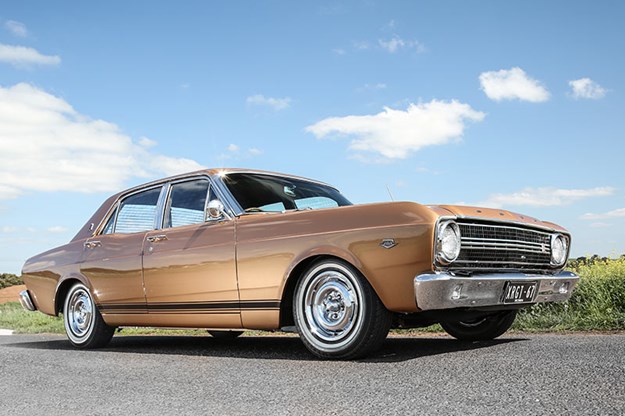
Gold paint for the GT really stood out
For Ford Australia, this represented anything but business as usual. The XR not only had to make a clear visual break from the previous generations, but had to deliver on a number of fronts, perhaps most importantly as the platform of a performance car.
That’s right, this all-new family Falcon was now to score a V8 for the first time. And this is where the ‘Mustang’ reference used in the Ford publicity of the day has some credibility. The first offering was none other than the most popular Mustang powerplant, the sweet 289 (4.7lt). You could also argue a little styling influence had carried across from the Pony car, particularly with the raised ‘hip’ line near the C pillar.
| Market watch 2017-2020: Ford Falcon XR to XY GT

While Ford Oz had entered previous Falcons in endurance events and the like, this was the start of the local firm’s engagement with the ‘Total Performance’ ethos adopted by head office. Having a V8 platform opened up a whole new world of possibilities, particularly if you were eyeing off the all-important Bathurst enduro. (Ford took a 1-2 victory in the Gallaher 500 in 1967.)
In stock form, the V8 claimed a modest 200 horses (149kW), while the GT version released in 1967 was listed at 220hp. There were no mysteries in getting a lot more out of the powerplant, given a USA-market K-code Mustang 289 claimed more like 270hp.
| Read next: Ford XR - 50 years of V8 Falcon GT
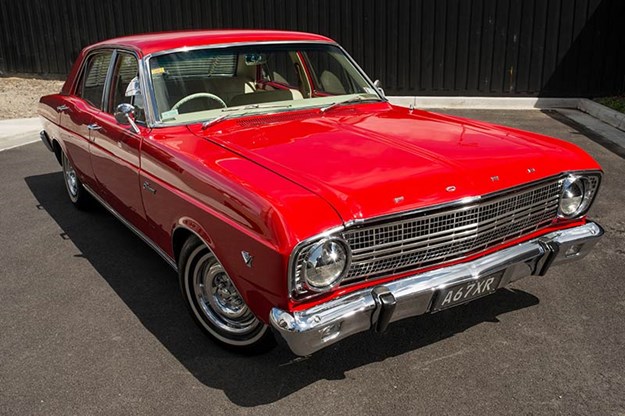
There was a real benefit for the more humble six-cylinder cars in the range. They now enjoyed a far stiffer chassis than their predecessors and were a better proposition as a distance car.
Gone was the old 144ci (2.4lt) six, which left the 170 (2.8lt) and 200 (3.3lt) sixes, plus the V8. The sixes were reliable enough, but performance was hobbled by the weight penalty involved with the bigger car, so you were wise to go for the 200, particularly if an auto was on the wish list.

Transmissions included a three-speed manual with optional synchro, plus two three-speed autos. One of the latter was a ‘dual range’ Cruise-o-matic (standard with a V8), which meant you had the option of starting off in second in slippery conditions. There was no mention of a four-speed manual (said to be ‘borrowed’ from the truck division) in the initial line-up. That came with the introduction of the GT.
Interior space was greatly enhanced, with an incredible 75mm added to the interior hip and shoulder measurements. You also potentially scored more cruising range, with fuel capacity now bumped to a very healthy 75lt.
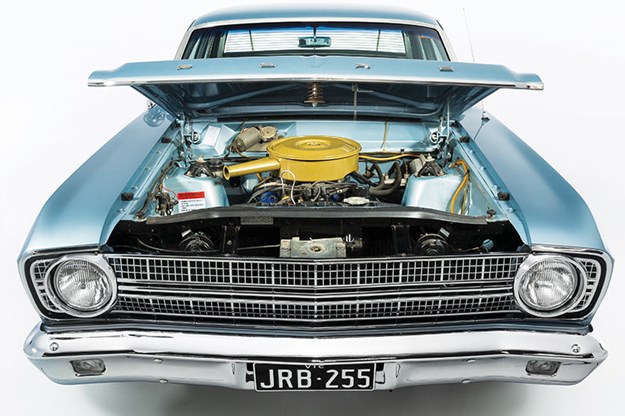
We’ve long argued that the really significant model in the XR range was the wagon.
It took local offerings to a new level and presented would-be owners with a stylish, airy and internally huge people carrier, with the option of a V8. At the time, that was a very big deal.
Less rosy was the prospect that you could still get drum brakes all round and without a booster on some models. Front discs were however available across the range, while being standard on the Fairmont and GT. And yes, radial tyres were now an option, to go with your 14-inch rims.
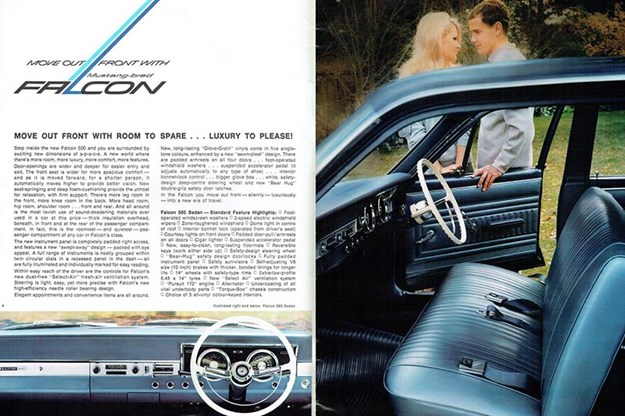
When sister mag Wheels tested the XR GT in the June 1967 edition, it didn’t rate the cover. That was taken over by a Toyota Corolla with a woman in a bikini draped over it.
The road testers noted the GT had a long list of chassis upgrades, including suspension, roll bars and wheel width which, according to them, made it feel like a very different beast.
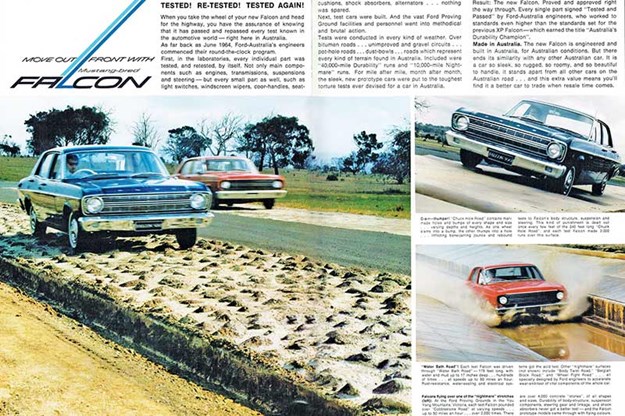
They had this to add: "A substantial piece of work by any standard, the Falcon GT is going to appeal to those who support the old adage that there is no substitute for litres. Happily, Ford has not relied on more poke and a four-speed box.
"The rest of the GT is up to the job. The handling is most un-Falcon like, with its minimised understeer, responsive steering, taut suspension and tougher brakes. It feels safe and is." High praise, despite the back-hander on it feeling ‘un-Falcon like’!
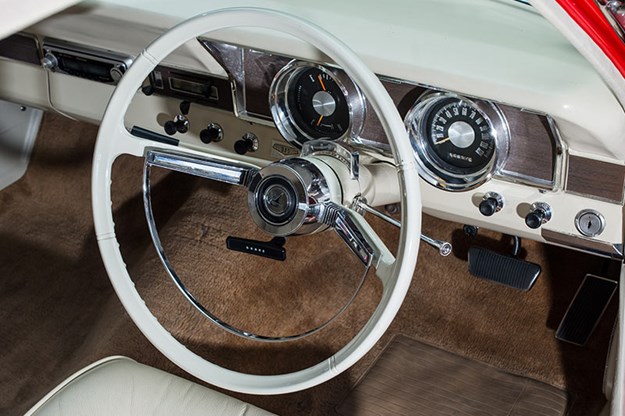
Flash sixties interior
While the later XY series has long been of the darling of collectors, to our way of thinking the XR, particularly in V8 form, is more significant as a true ground-breaker.
BUYER CHECKLIST:
Body & chassis

GT Falcons aren’t any more resistant to rust than base models but more likely to have been saved. Lower panels, especially behind the rear wheelarches, can disappear completely, the sills, boot and cabin floors, turret and lower doors all rust badly. Some repair panels – including replacement floorpans – are locally available and internal sheet metal shared with the US Falcons can be imported. Full sets of body rubbers cost around $1900 and second-hand mudguards have sold for $500 each. Reproduction taillights are available and reconditioned bumpers are available as a change-over..
Engine & transmission
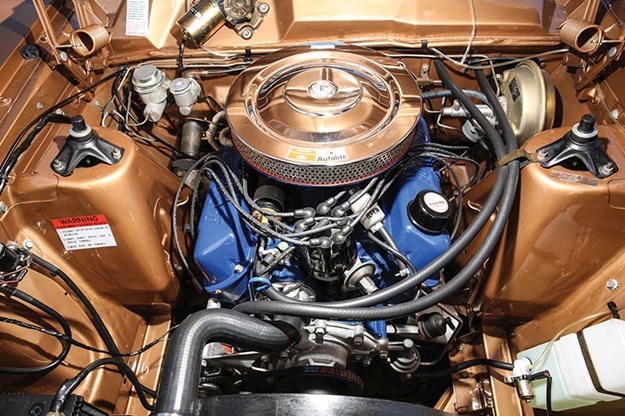
The 289 cubic-inch (4.7-litre) V8 served in a wide range of US-made Fords so anything needed to rebuild these engines is available. Incorrect parts, including entire engines, will ultimately reduce the value of a GT but sensible and reversible changes including electronic ignition, exhaust and carburettor upgrades can make these cars easier and more reliable to use. Original differentials suffer if asked to transmit more than standard levels of engine output. Both transmission types are very durable but the standard clutch won’t stand abuse so check for shudder and slipping.
Suspension & brakes

If the front suspension has been lowered or sagged far enough for tyres to foul the wheel arches, urgent repairs are due.
Creaking when the wheel is turned at low speeds is a sign of worn ball-joints which are not expensive. Rear spring leaves flatten and suffer cracking so be wary of cars that droop at the rear. Brake parts are available and easily replaced with new rotors costing up to $250 a pair and reconditioned power boosters less than $500.
Interior & electrics
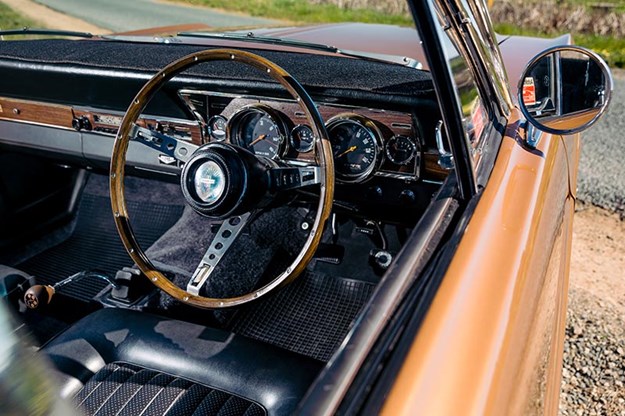
Major components including carpets, door trims and seat vinyl needed to renovate an XT interior are available from suppliers of reproduction parts. Door handles cost $70 each and sets of four armrests less than $500. Correct knobs and gauges can be tricky to find and a replacement steering wheel will be costly. Noisy starter motors, failed heater fans and indicators that won’t cancel are common faults but easy to rectify. New starters cost less than $250.
1967 Falcon XR GT specs
Number built: 596 (total XR series: 90,810)
Engine: 4727cc (289ci) V8, pushrod, 2-valve, 4bbl carb
Max power: 164kW (220hp) @ 4800rpm
Max torque: 414Nm (305lb-ft) @ 3400rpm
Transmission: 4-sp man
Suspension: Independant, control arms, tele shocks, anti-roll bar (Fr); Semi-elliptic leaves, tele shocks, (Rr) Kerb weight 1429kg
0-100km/h: 10.2sec
From Unique Cars #445, Oct 2020
Unique Cars magazine Value Guides
Sell your car for free right here
Get your monthly fix of news, reviews and stories on the greatest cars and minds in the automotive world.
Subscribe

.jpg)













